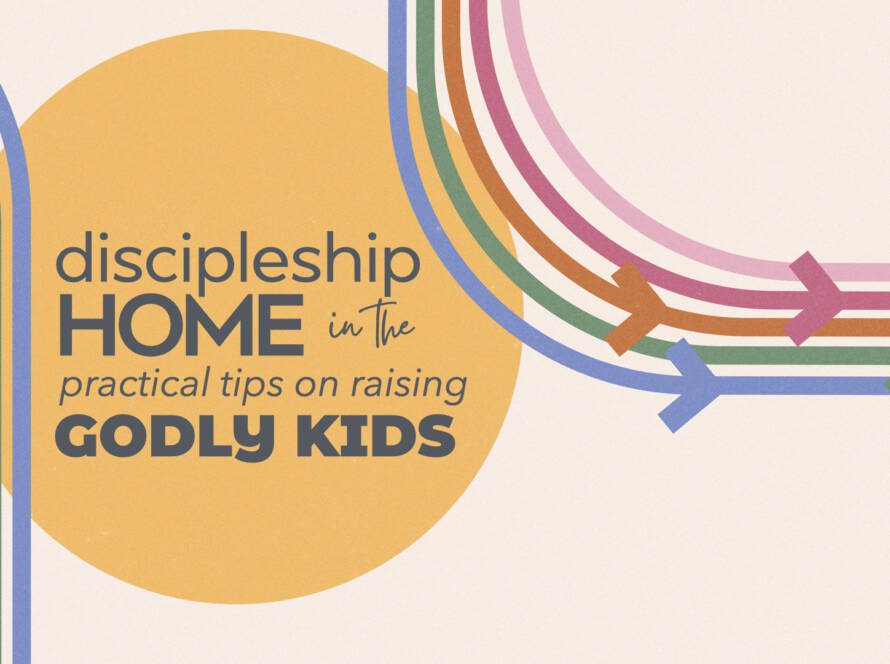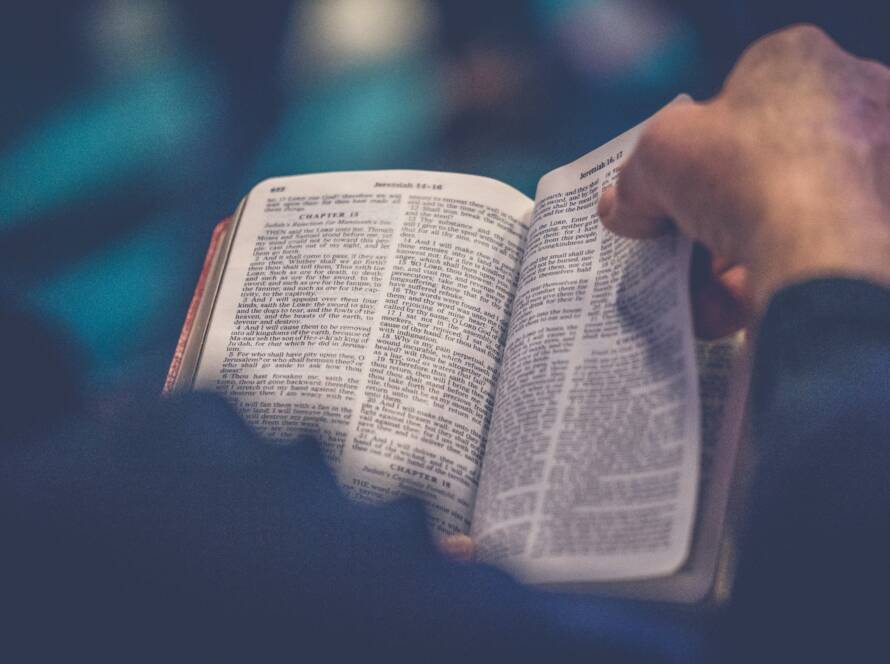As we approach Easter and reflect more intentionally on the cross of Christ, I’ve found myself asking a question that’s both basic and profound: What really happened on the cross?
Most of us have grown up hearing the simple (and true) phrase: “Jesus died for my sins.” But is that all the cross is about? Is forgiveness the full picture? Or is there something deeper, wider, and more beautiful at work?
In a recent Bible study at Wellspring Church, we began exploring the theological concept of atonement—a word that, at its core, means reconciliation. The cross, in all its mystery and majesty, is God’s way of bringing us back into union with Himself and with one another. The biblical story makes clear: humanity was estranged from God, defiled by sin, and powerless under its curse. But in Christ, we are brought near, made clean, and set free.
Let’s unpack that a little.
Atonement: Two Core Components
The Bible gives us several metaphors to understand what happens on the cross—sacrificial, familial, legal, royal, and more—but two foundational elements always rise to the surface:
- Propitiation – This means Christ satisfied or appeased the righteous wrath of God. God’s justice demands that sin be addressed, and in love, He Himself provides the sacrifice that fulfills justice.
- Expiation – This refers to the cleansing or removal of sin and guilt. Through Jesus’ death, we are not only forgiven, but purified and made holy, able to enter into God’s presence.
Together, these elements remind us that atonement is not just about canceling a debt. It’s about restoring a relationship.
Different Interpretations, One Beautiful Truth
In our study, we began to explore some of the key interpretations (often called “theories”) of atonement that the Church has used over the centuries to explain what the cross accomplishes. These aren’t speculative guesses—they’re lenses grounded in Scripture that help us grasp the multifaceted glory of salvation.
- Penal Substitution. This is the most familiar view in Protestant circles. It teaches that Jesus took our punishment upon Himself, satisfying the justice of God so that we could be forgiven. This view is especially prominent in Paul’s writings (think Romans and Galatians) and was central to the Protestant Reformation. It emphasizes justice, forgiveness, and the voluntary self-sacrifice of Christ.
- Christus Victor. This interpretation, which finds deep roots in the early church and the Gospels, emphasizes Christ as the victorious King who defeats sin, death, and the devil. The cross is not just a place of suffering—it’s the battlefield where Jesus triumphs over the forces of darkness and inaugurates a new creation. This view reminds us that salvation is not only personal, but cosmic. Jesus didn’t just die to forgive us—He rose to reign.
- Ransom Theory. Closely related to Christus Victor, the ransom view sees Jesus’ death as a payment to free humanity from bondage to evil. While there’s some debate over who the ransom is paid to (God? Satan?), the central idea is that Jesus gave His life to rescue ours, and in doing so, He liberated us from slavery to sin and death.
Why This Matters
Understanding these different aspects of atonement doesn’t just enrich our theology—it transforms our worship. When we look at the cross, we’re not just seeing a sacrifice that paid our debt. We’re seeing:
- A King who triumphed over death.
- A God who absorbs His own justice to spare us.
- A Savior who entered into our suffering to cleanse us and make us whole.
- A Lord who leads us into a new creation.
As Easter approaches, I want to challenge you—as I’m challenging myself—not to settle for a one-dimensional view of the cross. Let the Scriptures stretch your understanding. Let theology deepen your wonder. And let your love for Jesus grow as you grasp more fully what He has done for you—and for all of creation.
Want to Go Deeper?
We’ll continue this study over the next two weeks, exploring more interpretations of the atonement, including the Recapitulation and Moral Influence views. If you’d like to join the conversation or watch the teaching, check out the full video here.
Until then, reflect on this:
What does the cross mean to you?
And how might your life look different if you believed that Christ not only forgave your sin—but defeated it?
Grace and peace,
Pastor Matt




